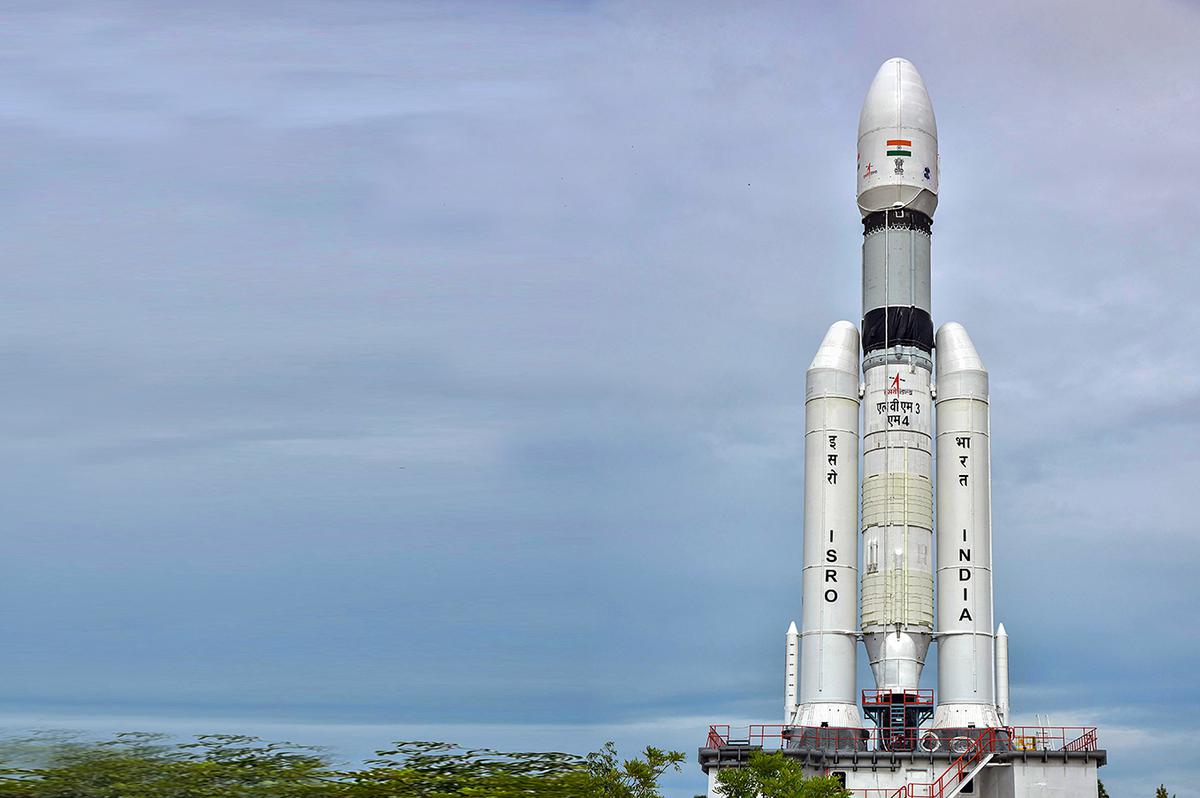India has been making significant strides in the field of space exploration, and the launch of Chandrayaan-3 marks another remarkable chapter in the country’s space journey. Building on the success of its predecessors, Chandrayaan-1 and Chandrayaan-2, India’s space agency, the Indian Space Research Organisation (ISRO), is set to embark on another lunar mission. Chandrayaan-3 holds immense promise as it aims to further our understanding of the Moon and pave the way for future explorations and scientific discoveries. In this blog, we will delve into the details of the Chandrayaan-3 launch and its significance for India and the global space community.
Mission Objectives:
Chandrayaan-3’s primary objective is to attempt a soft landing on the lunar surface, similar to Chandrayaan-2. The mission aims to enhance our understanding of the Moon’s geology, study the lunar soil composition, and analyze the presence of water ice in the permanently shadowed regions near the lunar poles. These objectives are crucial in unraveling the mysteries surrounding the Moon’s formation and evolution while providing insights into the possibilities of future human settlements.
Technical Aspects and Upgrades:
Chandrayaan-3 builds upon the technology and lessons learned from its predecessor, Chandrayaan-2, which unfortunately experienced a partial failure during the landing phase. ISRO engineers have meticulously analyzed the previous mission’s challenges and have implemented key upgrades to ensure a successful landing this time.
The lander and rover configuration of Chandrayaan-3 is expected to be similar to that of Chandrayaan-2. The lander will house the rover, which will traverse the lunar surface, collecting valuable data and transmitting it back to Earth. The rover will carry advanced scientific instruments, including spectrometers and cameras, to conduct in-depth studies of the lunar terrain.
Launch Timeline and Collaboration:
ISRO is currently finalizing the launch timeline for Chandrayaan-3. The mission is likely to be launched aboard India’s trusted Geosynchronous Satellite Launch Vehicle (GSLV) Mk III, known for its capability to carry heavy payloads to space. The exact launch date and associated logistics will be communicated by ISRO in due course.
Moreover, ISRO has expressed its willingness to collaborate with other nations, sharing both technical expertise and scientific data. Collaborative efforts can significantly enhance our understanding of the Moon and foster international cooperation in space exploration.
Benefits and Implications:
The Chandrayaan-3 mission holds several benefits and implications, both for India and the global scientific community. Firstly, a successful mission would mark India’s third lunar landing attempt, solidifying the country’s position as a key player in space exploration. It would also boost the morale of ISRO scientists and engineers, encouraging further advancements in the Indian space program.
From a scientific perspective, Chandrayaan-3 has the potential to uncover new insights into the Moon’s geology, mineralogy, and potential resources. The data obtained from the mission could contribute to our knowledge of the Moon’s origin, its interaction with Earth, and the formation of the solar system.
Additionally, the mission’s success would inspire and motivate future generations of scientists and engineers in India and around the world, encouraging them to pursue careers in space exploration and research.
Conclusion:
The launch of Chandrayaan-3 signifies India’s commitment to advancing space exploration and scientific discovery. Building upon the successes and challenges of its predecessors, the mission aims to land on the lunar surface, analyze the composition of lunar soil, and investigate the presence of water ice. The data obtained from Chandrayaan-3 has the potential to expand our knowledge of the Moon’s history, its resources, and its role in the broader context of space exploration.
As we eagerly await the launch of Chandrayaan-3, we can look forward to witnessing another significant milestone in India’s space journey and the exploration of our cosmic neighborhood.











